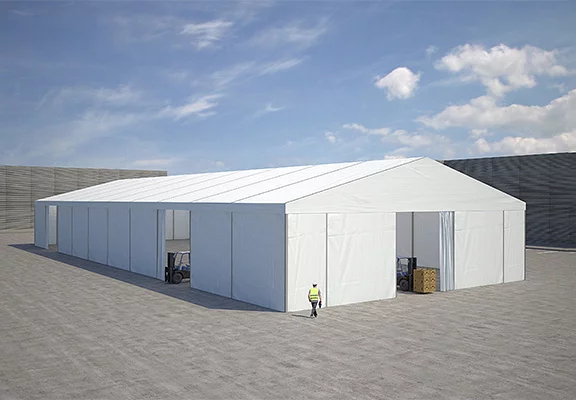As the world grapples with escalating challenges such as climate change, economic instability, and rapid urbanization, the demand for innovative and sustainable manufacturing solutions has never been more pressing. Among these solutions, the concept of manufacturing shelter stands out as a crucial approach to not only meet the growing need for affordable housing but also to address environmental concerns. This article delves into the essence of manufacturing shelter, exploring its various methodologies, technological advancements, and the potential it holds for reshaping communities across the globe.
Manufacturing shelter encompasses a range of practices, from prefabricated building components to modular construction techniques, each designed with efficiency and sustainability in mind. By utilizing advanced materials and streamlined production processes, this approach not only accelerates construction timelines but also minimizes waste and reduces carbon footprints. In an age where the urgency for sustainable living has reached a critical juncture, understanding and embracing manufacturing shelter could be pivotal in creating resilient urban environments and providing homes for countless individuals and families.
Innovative Methodologies in Manufacturing Shelter
The methodologies employed in manufacturing shelter are transforming the construction landscape, providing not just housing, but also community-driven environments. Techniques such as 3D printing, off-site modular construction, and the use of resilient materials allow for rapid and efficient building processes. These innovations are crucial in regions facing housing shortages, where the demand for affordable living spaces is at an all-time high. Furthermore, as more businesses recognize the advantages of relocating operations to areas with favorable production conditions, including regions in Mexico, they are contributing to a burgeoning market for affordable homes. This trend is highlighted by the increased reports of Companies Moving To Mexico seeking efficient construction solutions to accommodate their workforce.

Environmental Sustainability and Community Impact
Manufacturing shelter not only prioritizes speed and efficiency but also emphasizes sustainability and environmental stewardship. By focusing on reduced energy consumption and sourcing eco-friendly materials, this approach significantly lessens the ecological footprint associated with traditional construction. Additionally, building practices that incorporate renewable energy solutions and smart design can lead to energy-efficient homes that reduce long-term living costs for families. As communities embrace these sustainable practices, the social impact becomes evident through enhanced quality of life, decreased utility expenses, and an increased sense of belonging among residents. In a world that is increasingly recognizing the ties between housing, environmental health, and community resilience, manufacturing shelter serves as a powerful catalyst for change.
In conclusion, manufacturing shelter emerges as a transformative solution to the multifaceted challenges facing contemporary society. By integrating innovative construction methodologies with a commitment to environmental sustainability, this approach not only addresses the urgent need for affordable housing but also fosters resilient and vibrant communities. As we move forward, it is imperative for policymakers, industry leaders, and communities to collaborate and invest in these progressive practices, ensuring that the promise of manufacturing shelter is realized. By doing so, we can pave the way for a future where secure, sustainable living spaces are accessible to all, simultaneously enhancing the quality of life and safeguarding our planet for generations to come.

